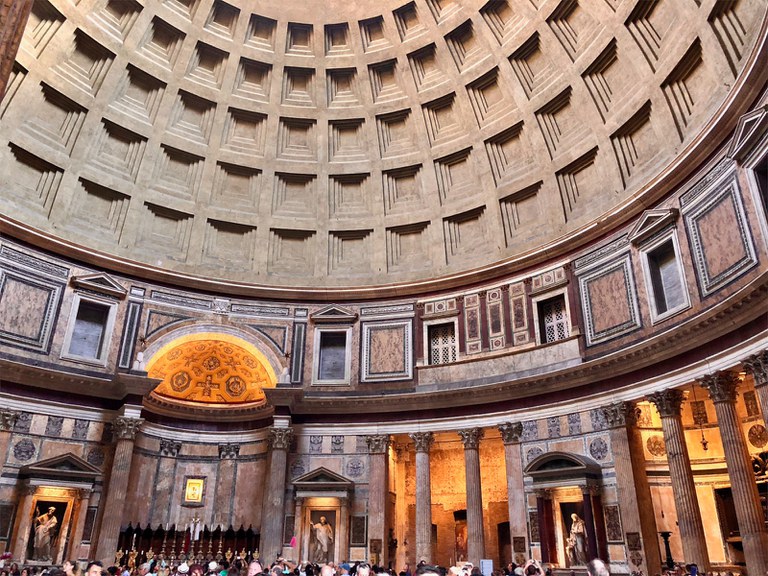Paul's pods - The 10,000 year home
The Roman's could do it, and so can we!

It's not that we can't, more that we don't have the will to build for millennia. I dare not imagine the human suffering that went into the construction of this considering the slave economy, and perhaps it was Agrippa's huberous as much as sense of service that inspired the effort required, but this building has been in almost constant use for almost 2000 years. That is no mean feat considering it is to this day still the largest unenforced poured dome in the world at 143 feel in diameter. I am staggered at the beauty and farsightedness of this truly magnificent building.
Today's world says it is not "cost effective" to build 10 foot thick granite walls when 6 inches of reinforced concrete "will do". That however raises the question "What are we trying to achieve?
My dream is to be able to create comfortable shelter that will not only last millennia, but will be a true refuge from all the world can throw at us. While I do make this effort for myself, it is also for my children, and all those children to come whose smiles we have not yet seen.
How we define our expected return on investment?
What we build today is too often not intended to last. When I was studying engineering in the 1980 they were teaching "designed obsolescence" and it was not new then. It could be argued that we are selfish as a society by building in a consumptive cycle. Ultimately it is a matter of choice where as a society we invest our energy. The concepts of "value" and "return on investment" that dictate "cost effective" building are dependent on not just how we define "return" but what we demand as a return.
As a return on my investment I demand:
- something that will last more than a few generations.
- a home that breaks the cycle of demolish and rebuild.
- a home that I can bequeath to my children.
- little to no maintenance
- an almost constant temperature
- shelter from natural disaster/the element
- security
- protection from home invasion unwanted trespass
- Faraday cage EMF shield
- independence
- affordable living. - affordable living these days means cheap and often nasty buildings. I suggest that it requires a more "expensive" building to deliver "inexpensive" living. Ironically this put "Affordable Housing" out of reach for those who need it most. My proposal is to spend more human energy and resources into each home, make them last so that communities can over generations grow truly long term housing solutions
Similarly how do we define the cost?
If the cost is an unsustainable society then the cost is too high. But the esoteric aside, even
If it "cost" the equivalent of for argument's sake of
